By Mike Gonzales
When the brutal, month-long Sicilian campaign ended in the summer of 1943, Seventh U.S. Army commander General George S. Patton told the 45th Infantry Division, “Your division is one of the best, if not the best, division in the history of American arms.”
High praise, indeed. Telling this impressive history (511 days in combat during World War II) is the 45th Infantry Division Museum in Oklahoma City. It sits quietly on 16 acres surrounded by old oak trees, a gently flowing stream, and more than 70 implements of war.
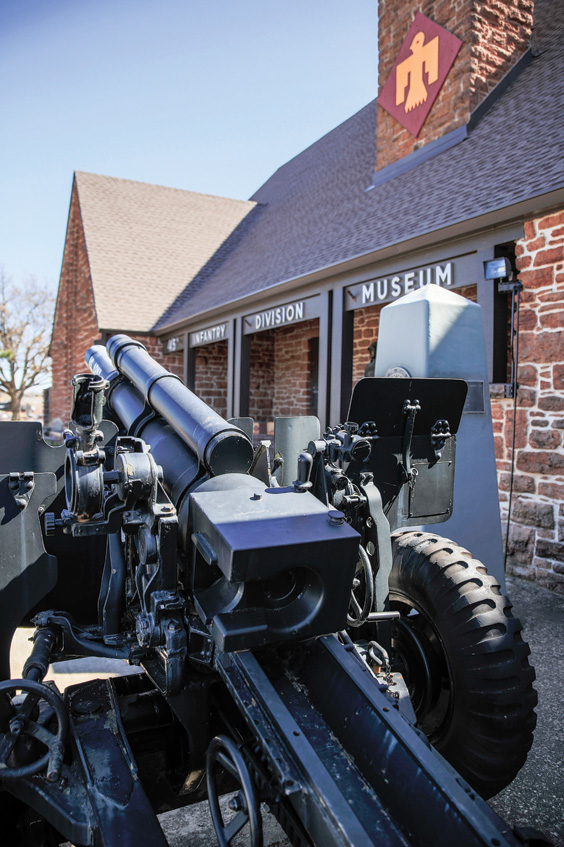
This museum, housed in a beautiful 1938 Works Project Administration armory, is perhaps the most overlooked facility in the state’s pantheon of fine museums. Of all the armories built in Oklahoma in the late 1930s by the WPA, this is the only one with this particular style of architecture.
The reason is that the original plan called for this building to be used as the state’s officers club. When the tax-paying citizens found this out, they were incensed. So, the military department added an arms vault to the building and it opened in the fall of 1938 as Headquarters and Headquarters Company of the 45th Infantry Division.
The “Hall of Flags” is the first of two galleries in the museum that are in chronological order. You start by reliving the expedition of the Spanish conquistador Coronado, who trekked through what is now Oklahoma in the year 1541. Moving through the building you advance forward in time. Exhibits highlight the Westward Expansion, the Trail of Tears and the Light Horsemen, the Civil War in Indian Territory, the Indian Wars of the antebellum period, the Spanish-American War, the pursuit of Pancho Villa, World War I, and the formation of the 45th Infantry Division in 1923.
You’ll learn of some the guard’s uses––and misuses. You’ll also note that when first organized, the shoulder sleeve insignia of the division was a yellow “swastika” on a red diamond. In 1923 no one would have associated this symbol with Germany’s National Socialism movement. Rather, it was recognized as an American Indian symbol for “good luck.”
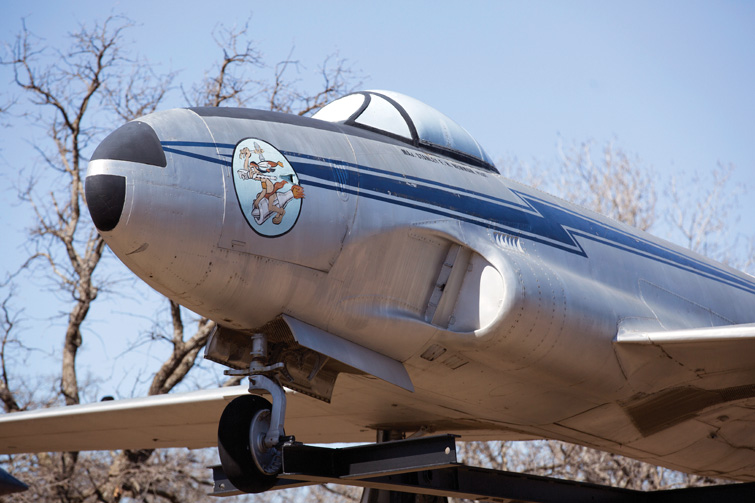
The concept be-hind the design of the patch tells a story: the patch has four sides, one for each state whose guard units made up the division (Arizona, Colorado, New Mexico, and Oklahoma). The colors red and yellow were taken from the flag of Spain to represent the large number of Americans of Spanish descent living in the region, and the Indian symbol to represent the very large population of American Indians living in the four states.
In 1933, after Hitler’s rise to power and the universal recognition of the swastika as the symbol of the Nazi Party, the 45th wisely decided to change its insignia. In keeping with the American Indian motif, the “Thunderbird” was adopted and approved before the war.
In the World War II gallery, visitors follow the path of the Thunderbirds in Europe and see the largest collection of artifacts––once the personal property of Adolph Hitler––on public display anywhere in the world. (There are larger collections but in private hands.)
The Korean War exhibit is the last in the Hall of Flags. The 45th was one of but two National Guard divisions to be mobilized for combat in Korea (the other was California’s 40th Division).
In the Commanders Hall, tribute is paid to all the commanding officers of the division from 1923 to 1968. Also honored are the division’s 10 Medal of Honor recipients. Here, too, the division’s role in the liberation of the Dachau concentration camp is explained by the man who commanded the task force that liberated it: Brig. Gen. (Ret.) Felix Sparks.
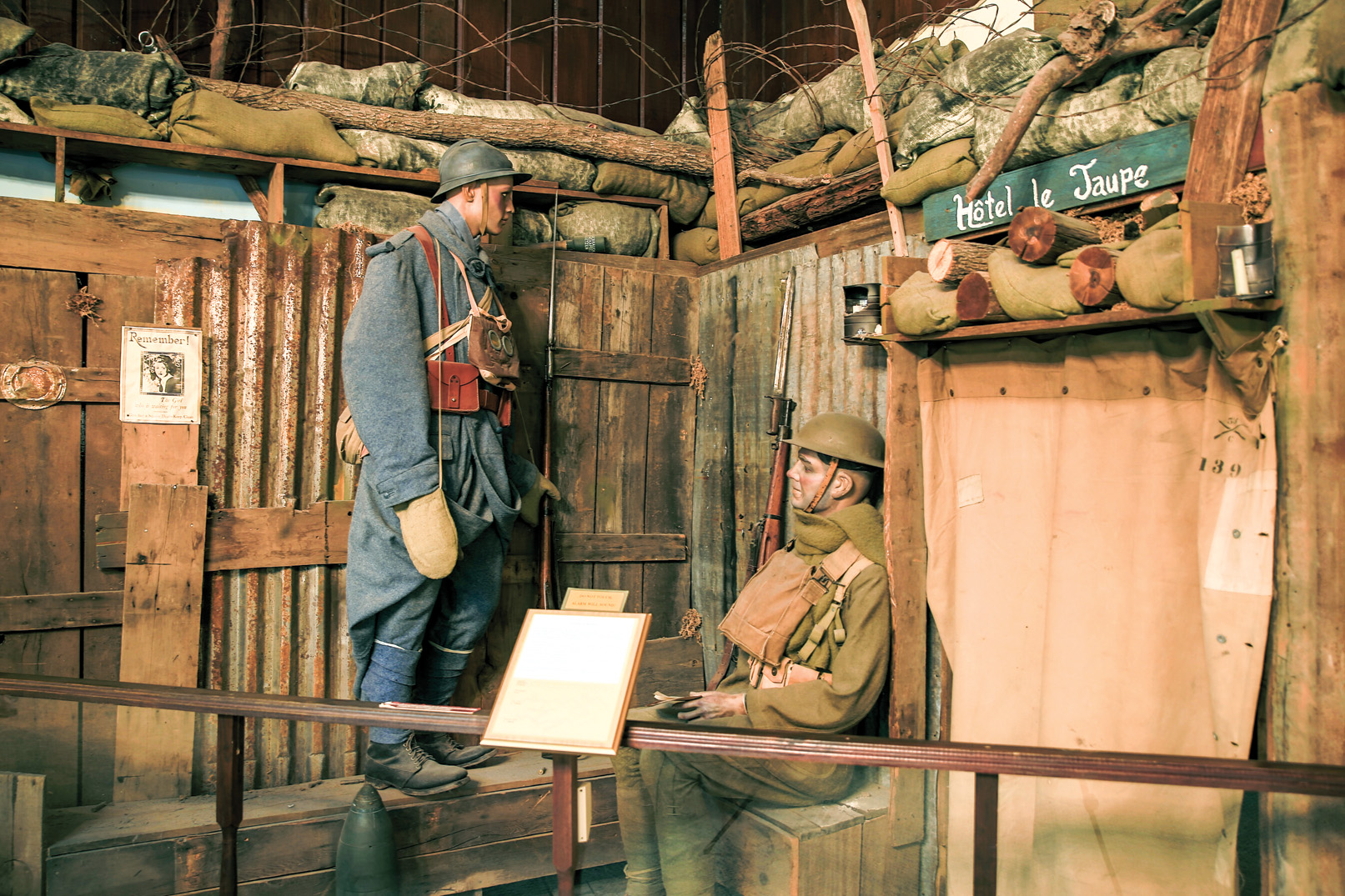
Famed cartoonist Bill Mauldin’s cartoon collection is here as well. Mr. Mauldin began his military carreer with the 45th Infantry Division in 1938 and drew his now-famous cartoon characters, “Willie & Joe,” for the 45th Division News until 1943 when he was transferred to the staff of Stars and Stripes, the Army’s newspaper. Here he continued to draw “Willie & Joe” for the entire Army. Mr. Mauldin received the Pulitzer Prize for this body of work after the war.
The Reaves U.S. Military Firearms Collection is without doubt one the nation’s finest assemblages of historic American weaponry, featuring some extremely rare and monumentally historic firearms dating from the American Revolution to Desert Storm.
Adjacent to the Commanders Hall is the newest exhibit marking the centennial of World War I. It will change annually through 2019.
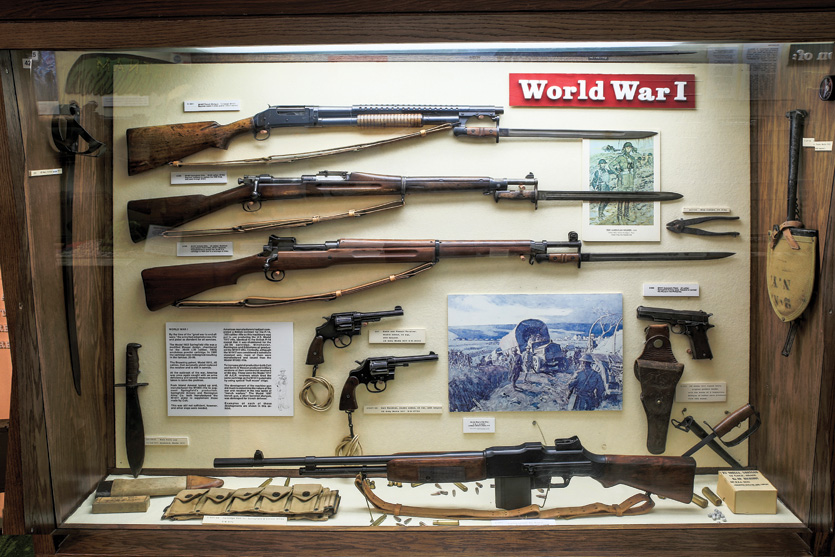
A gallery is also dedicated to the Oklahoma Army and Air Guard today, showing where they are deployed and exhibiting enemy weapons and artifacts recovered from the battlefields of Iraq and Afghanistan.
The Support Forces Hall pays tribute to all those elements of the armed forces that support the man on the ground. The north wall is dedicated to Oklahomans in military aviation and the Oklahoma Air National Guard. The museum also maintains all of its serviceable military vehicles and aircraft in this gallery.
There is so much more––and admission is free!
Located at:
2145 N.E. 36th Street
Oklahoma City, OK 73111
(South of Remington Park, Omniplex, and the Oklahoma City Zoo)
Open Tuesday-Friday from 9 am – 4:15 pm (the park closes no later than 5 pm)
Open Saturday 10 am – 4:15 pm, Sunday 1 pm – 4:15 pm
Phone: (405) 424-5313
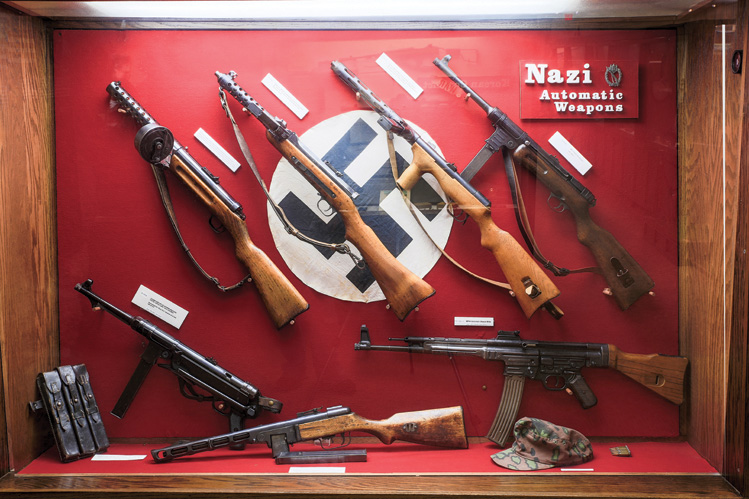
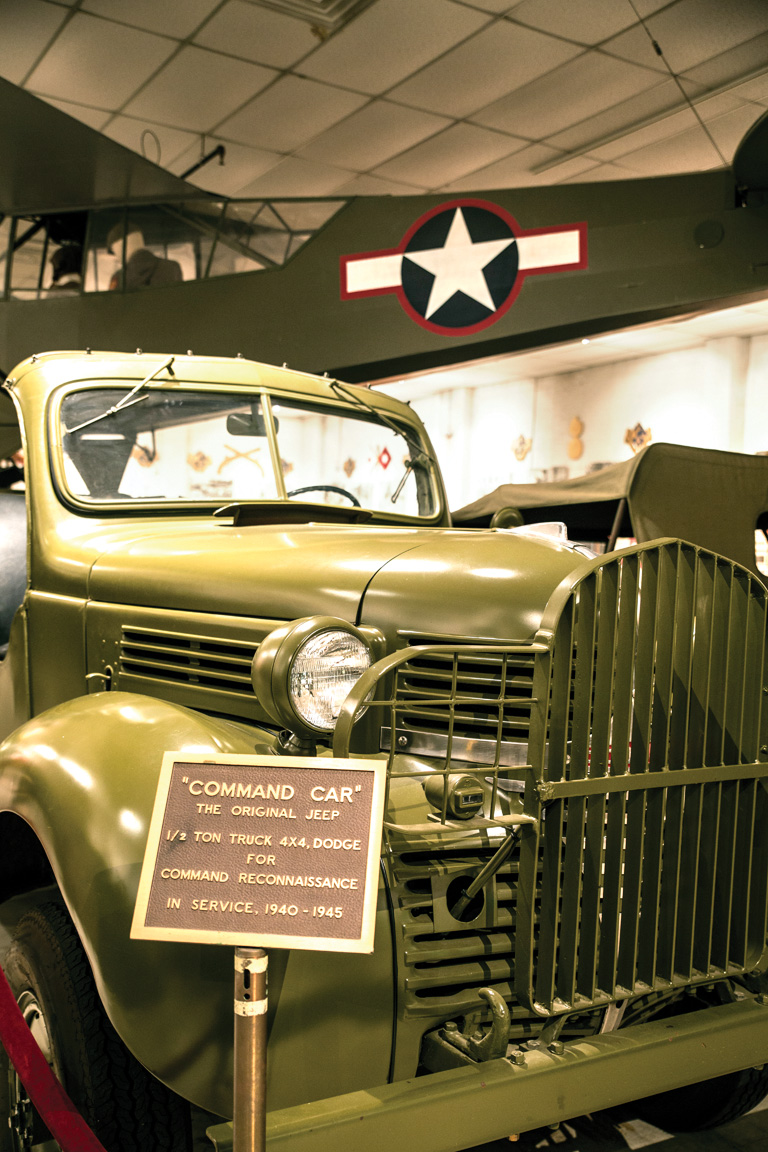
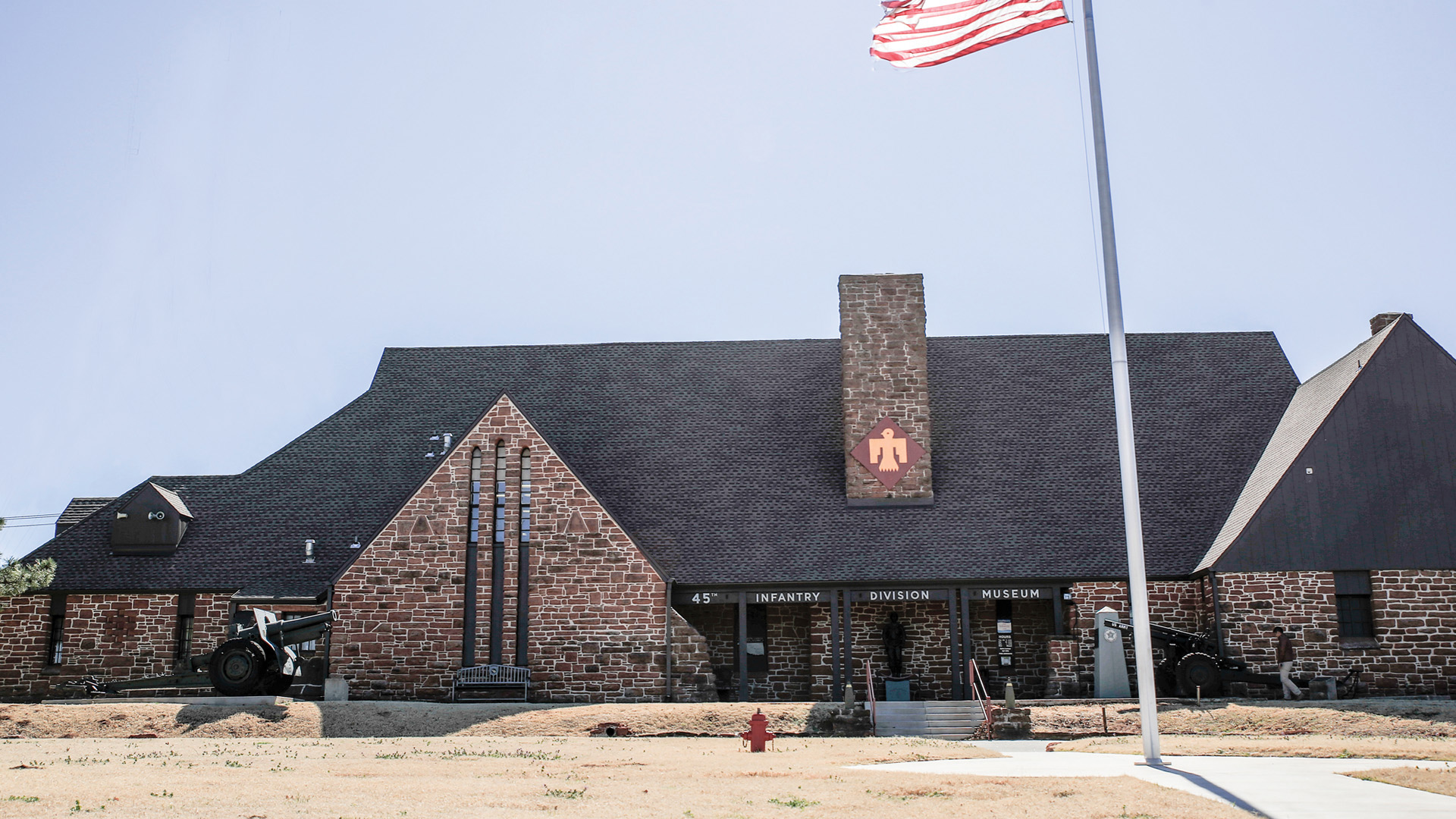
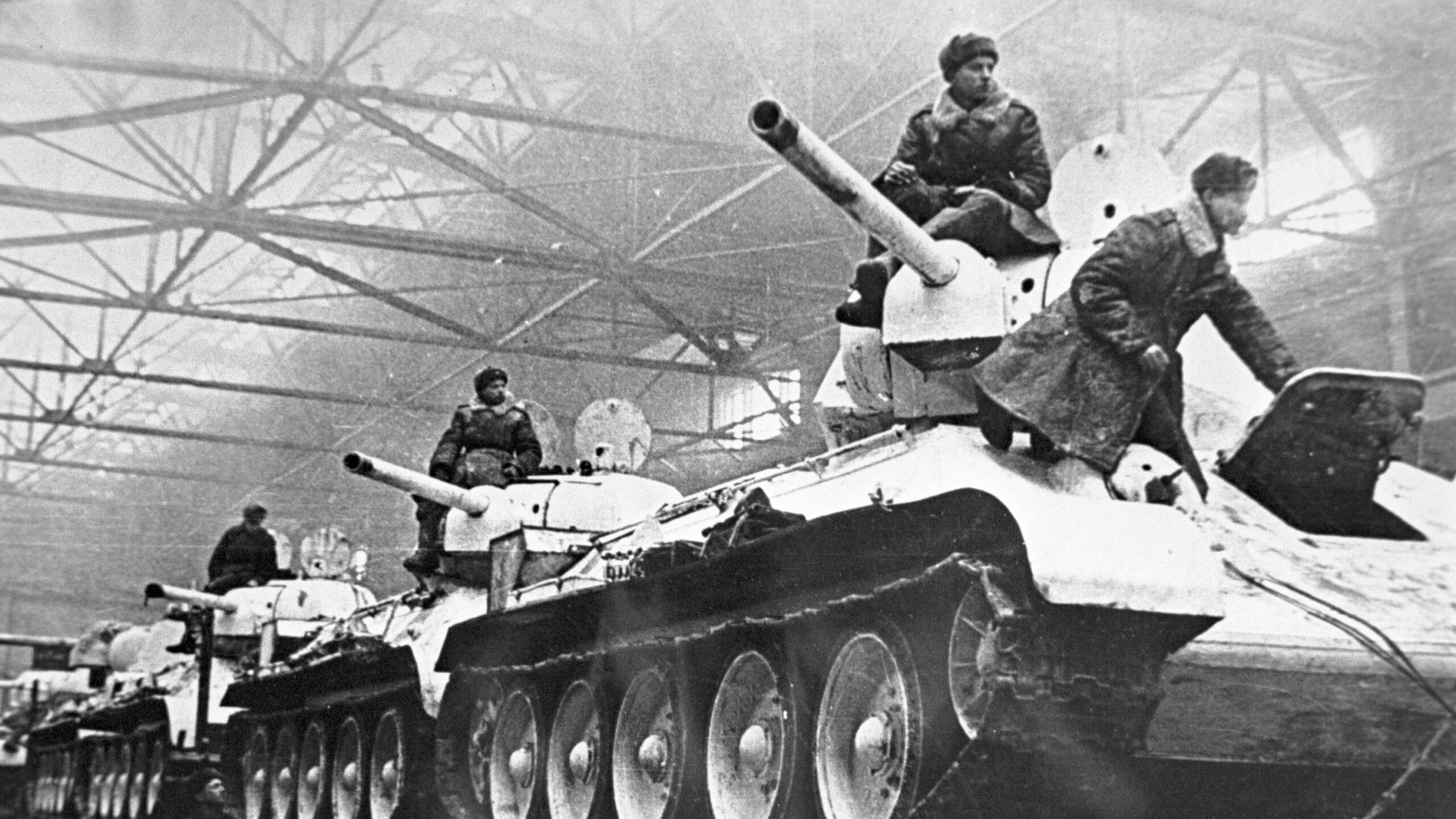
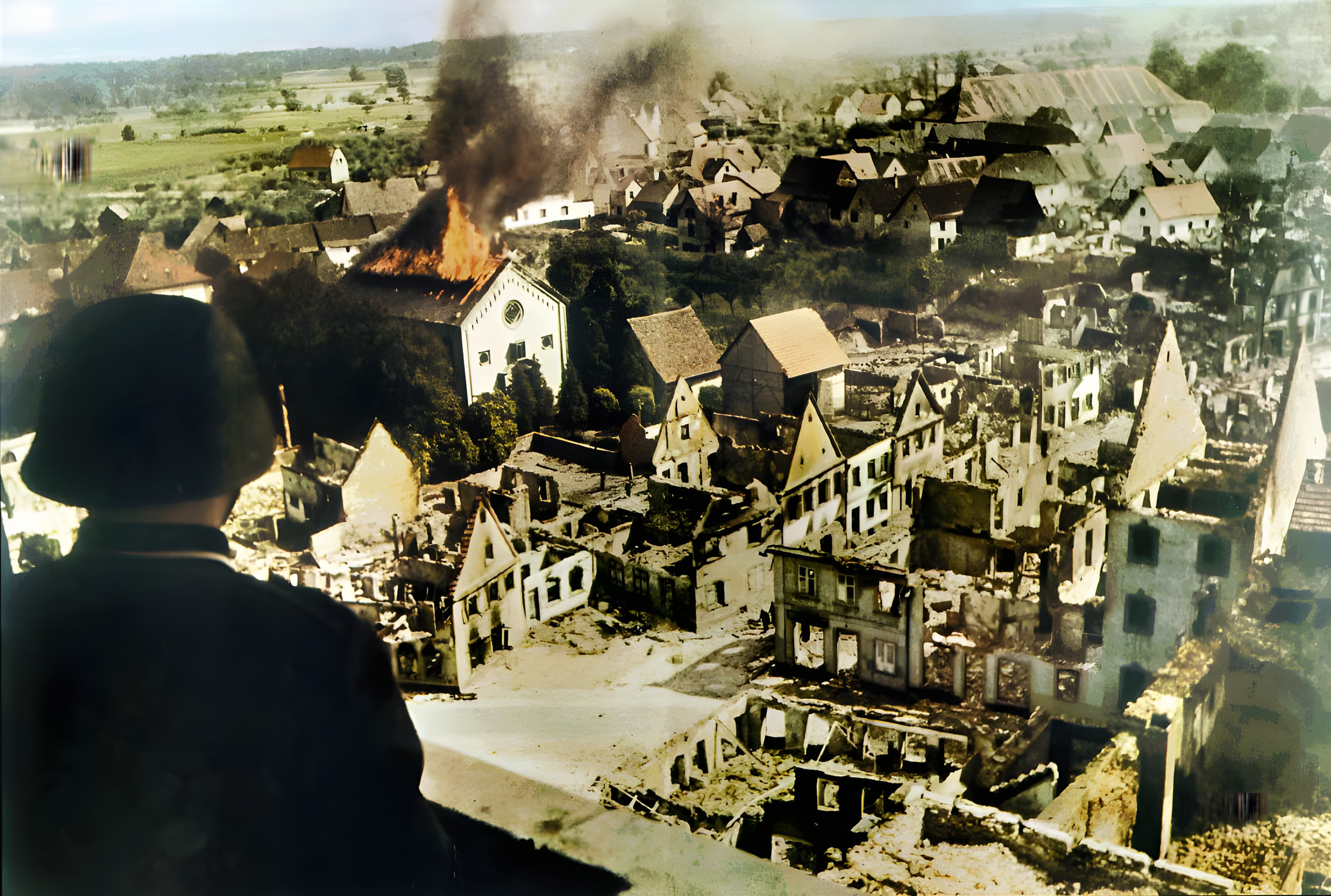
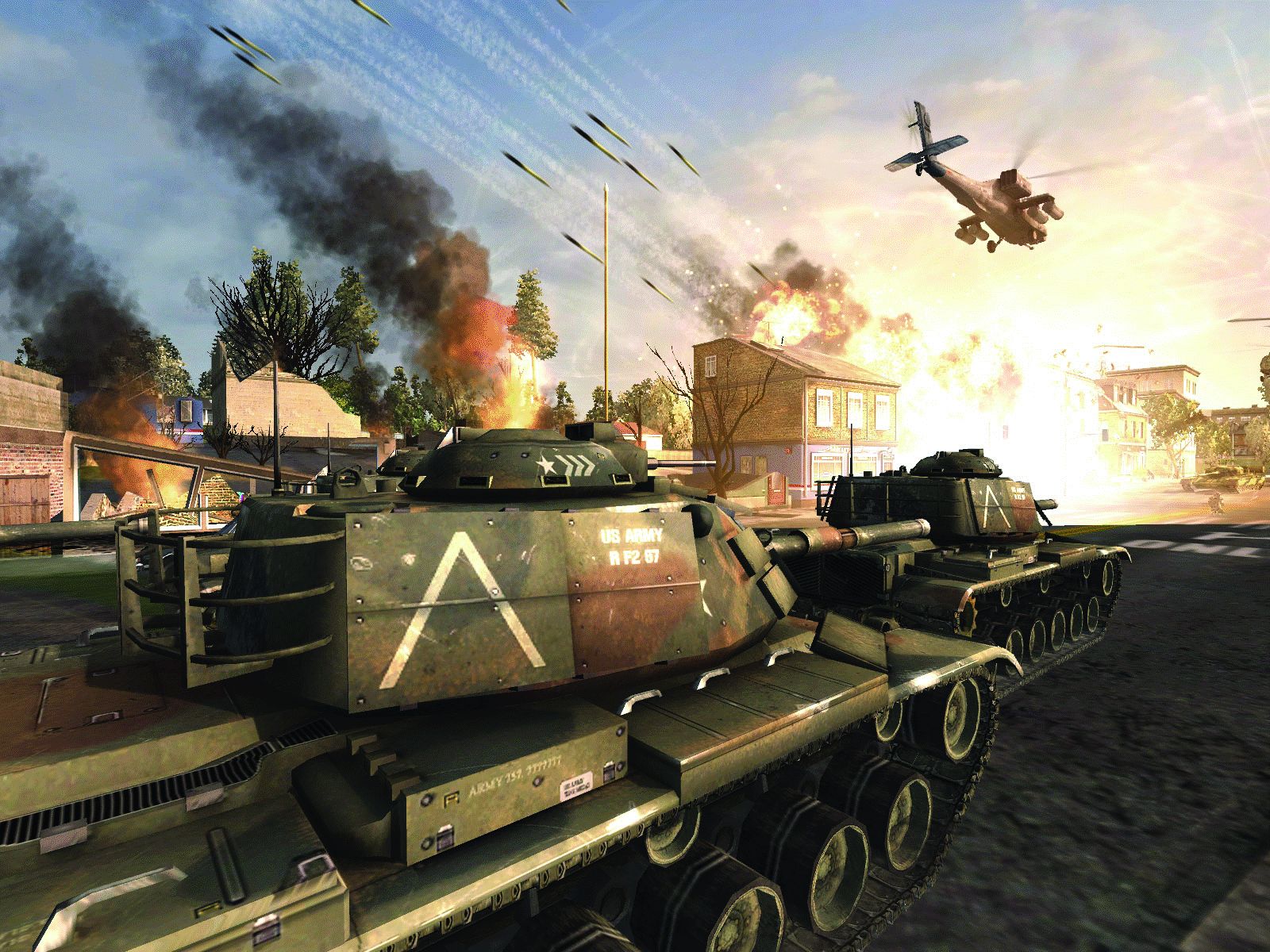
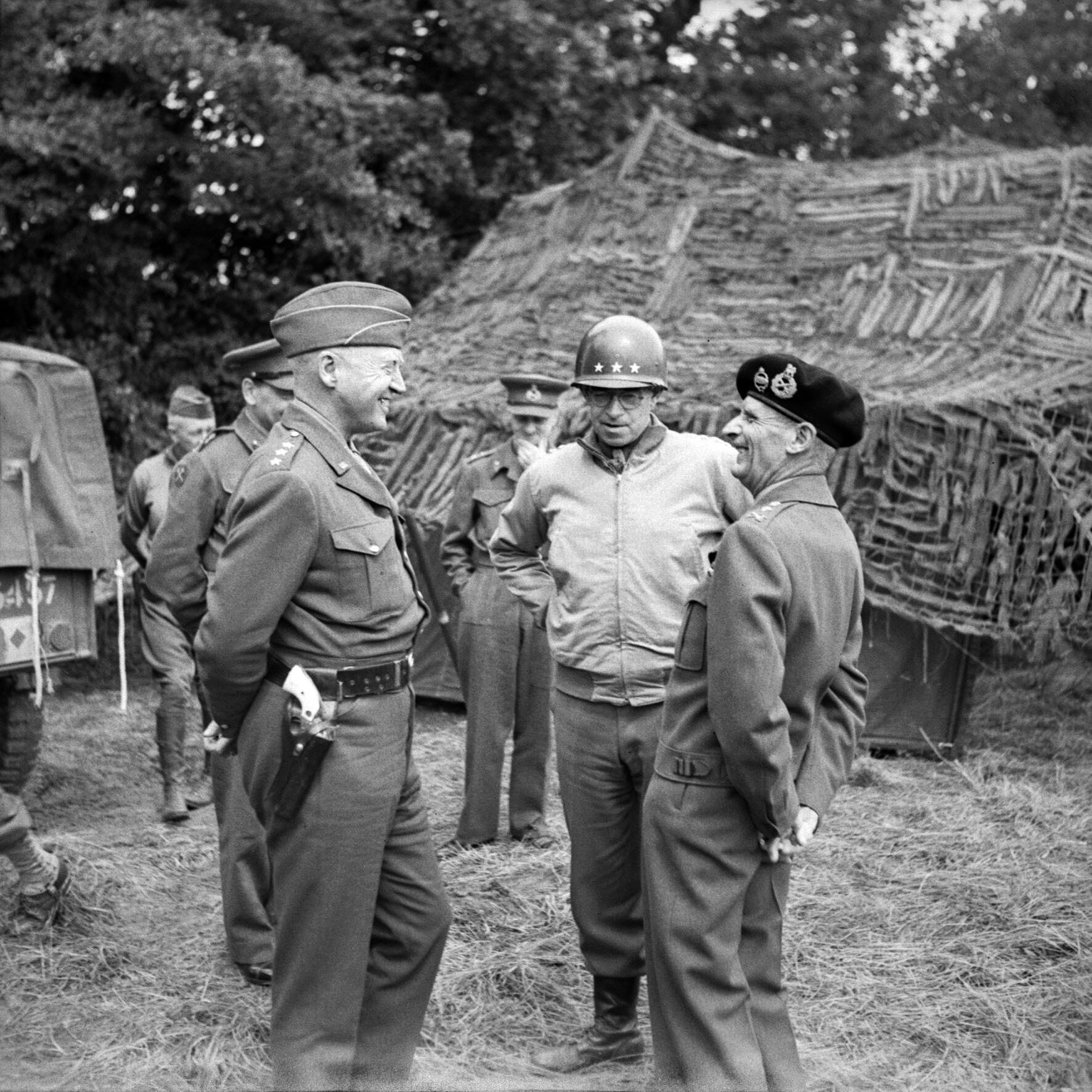
Join The Conversation
Comments
View All Comments